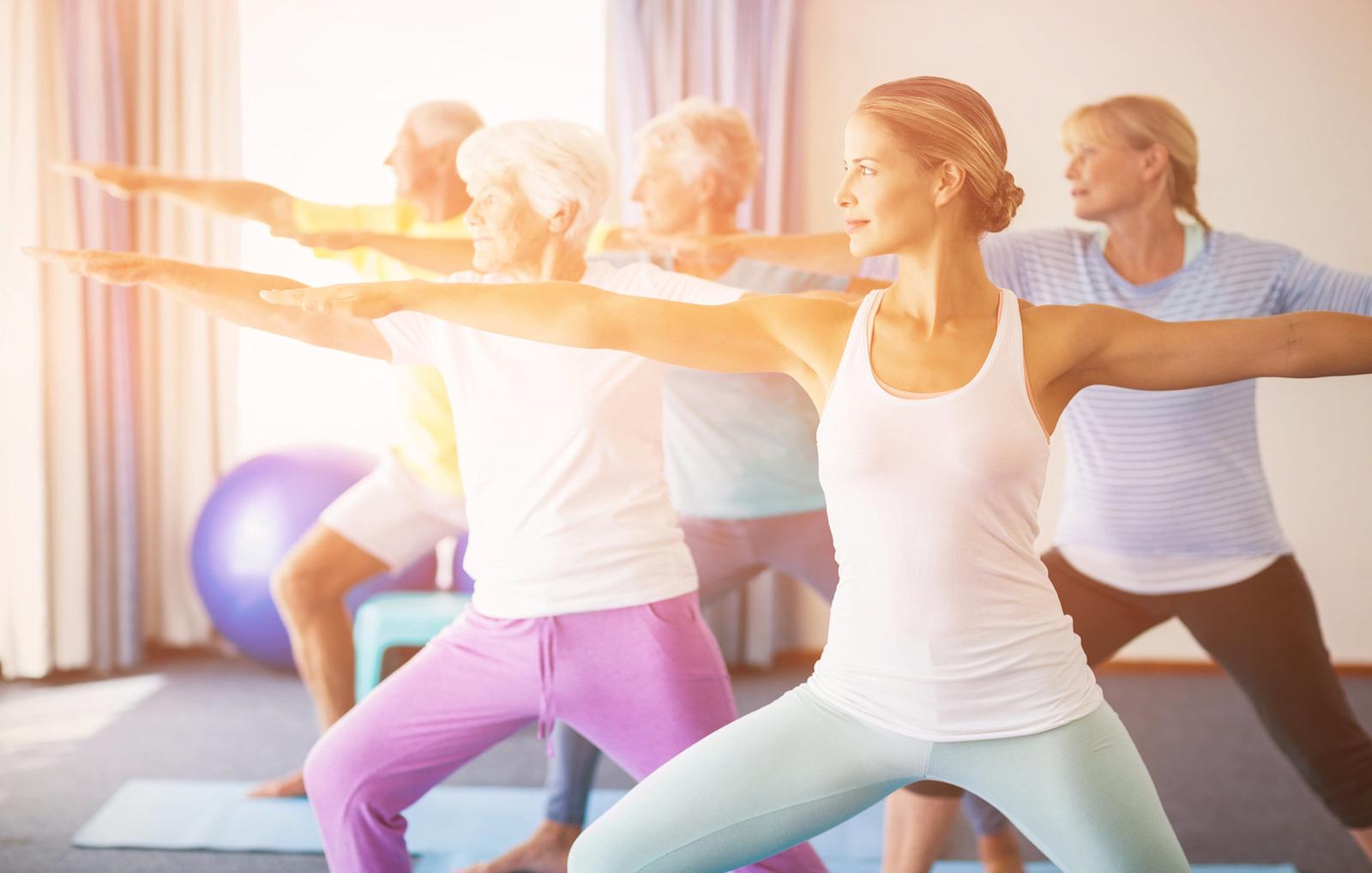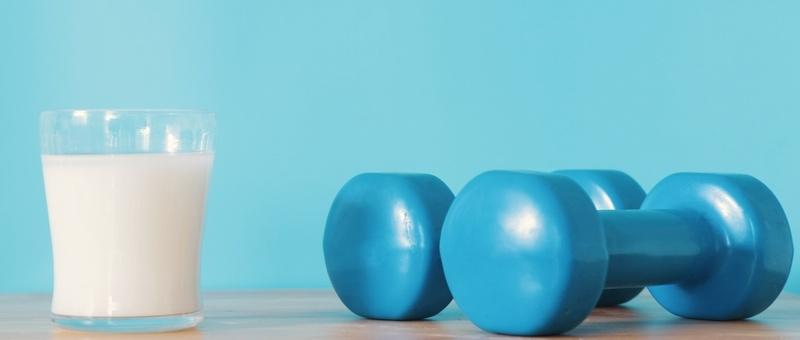
Best exercises for your joints
Peer reviewed by Dr Colin Tidy, MRCGPLast updated by Heather AinsworthLast updated 4 Aug 2025
Meets Patient’s editorial guidelines
- DownloadDownload
- Share
- Language
- Discussion
You may have concerns about the impact exercise has on your joints, especially if you already have joint pain or stiffness. However, regular physical activity can be helpful in protecting healthy joints and even for relieving joint pain in some cases. The key is to choose exercises that are low-impact, improve flexibility, and build up the muscles around the joints.
Here we chat to fitness expert, Laura Williams, about what the best exercises are for your joints.
In this article:
Continue reading below
Exercise and healthy joints
Exercise and healthy joints go hand in hand. Healthy joints allow us to move freely and be active, and likewise maintaining an active lifestyle keeps our joints healthy, enabling us to continue activities free of pain and discomfort later in life.
As we age, it's important to protect our joints as much as possible from wear and tear which can lead to stiffness, pain, joint replacement surgeries, and chronic conditions such as osteoarthritis. While joint problems tend to be more common among older people, regular exercise can help to improve and maintain joint health.
Should I exercise if I have joint pain or stiffness?
You might think that exercising if you already suffer with joint pain or stiffness is a bad idea. In fact, it's the lack of physical activity that can actually aggravate your joint complaints. There is a significant body of research1 which shows that exercise may result in less joint pain.
Even those living with arthritis are advised by the Centers for Disease Control and Prevention (CDC) to make exercise a regular habit in order to relieve pain and other symptoms2.
According to the CDC, regular physical activity:
Can be as effective at relieving adult arthritis pain as over-the counter medicines.
Has many additional benefits, including improved physical joint function and mood, and reduced anxiety.
Continue reading below
Best exercises for joints
"The best exercises for your joints are those that help you to maintain flexibility and a good range of motion, as well as those that strengthen the tissues around the joints," explains fitness expert Laura Williams.
Strengthening the muscles around your joints means more protection and support for your bones, which reduces the stress placed on your joints. Weight-bearing exercise also improves bone density, making you less prone to breaks from minor falls.
Alongside improving flexibility, including a range of joint motions, and building muscle strength around the joints, the best exercises for joints are low-impact. This is particularly important for those with existing joint complaints.
Low-impact cardiovascular exercises
Low-impact workouts include anything that doesn't involve putting a lot of weight and strain on your joints. Not only can this improve pain and stiffness, but over time it may reduce the effects of wear and tear from joint use.
Choosing low-impact cardiovascular exercises means that you can improve your heart and joint health simultaneously. Alongside giving your heart a workout, cardiovascular activities lubricate joints, strengthen muscles around joints, and help prevent weight gain -which can add more stress to the joints in your ankles, knees, and hips.
Best low-impact cardio exercises
Walking - a good cardiovascular workout that also helps to prevent weight gain, walking can help to reduce pain, stiffness and inflammation from arthritis.
Bicycling and static spinning bikes - both are low-impact, build leg muscle around joints, and decrease fat mass.
Swimming and other water-based exercises - these limit stress placed on joints, as around 90% of your body weight is supported by water. Studies show that this is particularly effective in reducing joint pain, stiffness, and physical limitation. Swimming also helps to build the supporting muscles with relatively little discomfort compared to other exercises.
Elliptical and cross-trainer machines - these machines were designed to be low-impact, as your feet don't leave the pedals. If you have joint pain, they are a great alternative to running.
Flexibility exercises
Williams stresses the importance of exercises that maintain and improve the flexibility in your joint movements.
Stretching before and after exercise can prevent joint problems: "Regular stretches will help maintain flexibility in your muscles - good news for your joints. Don't forget to stretch out upper and lower body muscles regularly, whether you've been walking, running or sitting," says Williams.
Best stretching exercises
Yoga - combines stretching with different postures and breathing techniques. As well as flexibility, it improves muscle strength around the joints.
T'ai chi - involves various rhythmic movements and postures which facilitate flexibility and strengthen muscles.
Pilates - improves flexibility and builds supporting muscles, with a focus on the abdominals, lower back, hips, and thighs.
Muscle strengthening exercises
"You should also include strengthening exercises, to increase the strength of the muscles that support your joints, such as squats, push-ups and rows. You can add weights as you increase in strength," advises Williams.
As you exercise, the muscles you are using get micro-tears. This is part of a natural process called muscle protein synthesis, where muscles are then repaired and rebuilt to better adapt them to the exercise. This creates muscles that can better support your joints and improve joint stability.
Best weight training exercises
It's critical to perform weight training with the correct posture in order to protect your joints and muscles from damage. If you are starting for the first time, speak to a fitness expert.
Squats - build the muscles around your leg and hip joints.
Push-ups - strengthen the muscles surrounding your shoulder joints.
Rows - target the muscles around your shoulder joints.
Perhaps less obvious for joint health, core muscle exercises, such as curl-ups and side-planks, can also be used to alleviate wear and tear on joints. By strengthening your core muscles - those in your abdomen and back - pressure is taken off your spine and hip joints. This can both prevent joint damage and reduce existing joint pain.
Patient picks for Joint health

Bones, joints and muscles
How to protect your joints as you get older
As you get older, parts of your body can start to feel a bit stiff from time to time. Your joints keep you mobile and active so it's important to look after them and take extra care as you age to prevent damage.
by Lawrence Higgins

Bones, joints and muscles
Joint pain - is it bursitis?
Bursitis is a common cause of painful, swollen, and tender joints. It's sometimes caused by repeated movements that place pressure on your joints - like kneeling or elbow-leaning - and can affect different parts of your body.
by Dr Sarah Jarvis MBE, FRCGP
Continue reading below
Article history
The information on this page is peer reviewed by qualified clinicians.
Next review due: 3 Aug 2028
4 Aug 2025 | Latest version
10 Jan 2022 | Originally published
Authored by:
Amberley Davis

Ask, share, connect.
Browse discussions, ask questions, and share experiences across hundreds of health topics.

Feeling unwell?
Assess your symptoms online for free